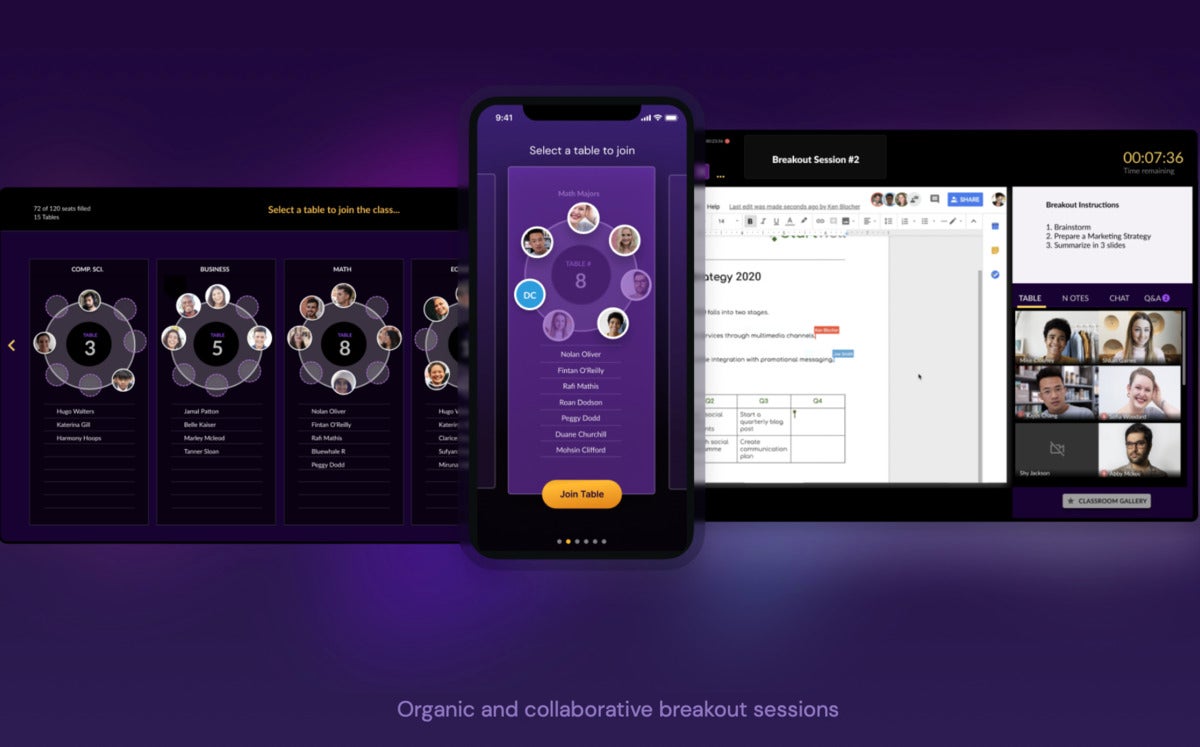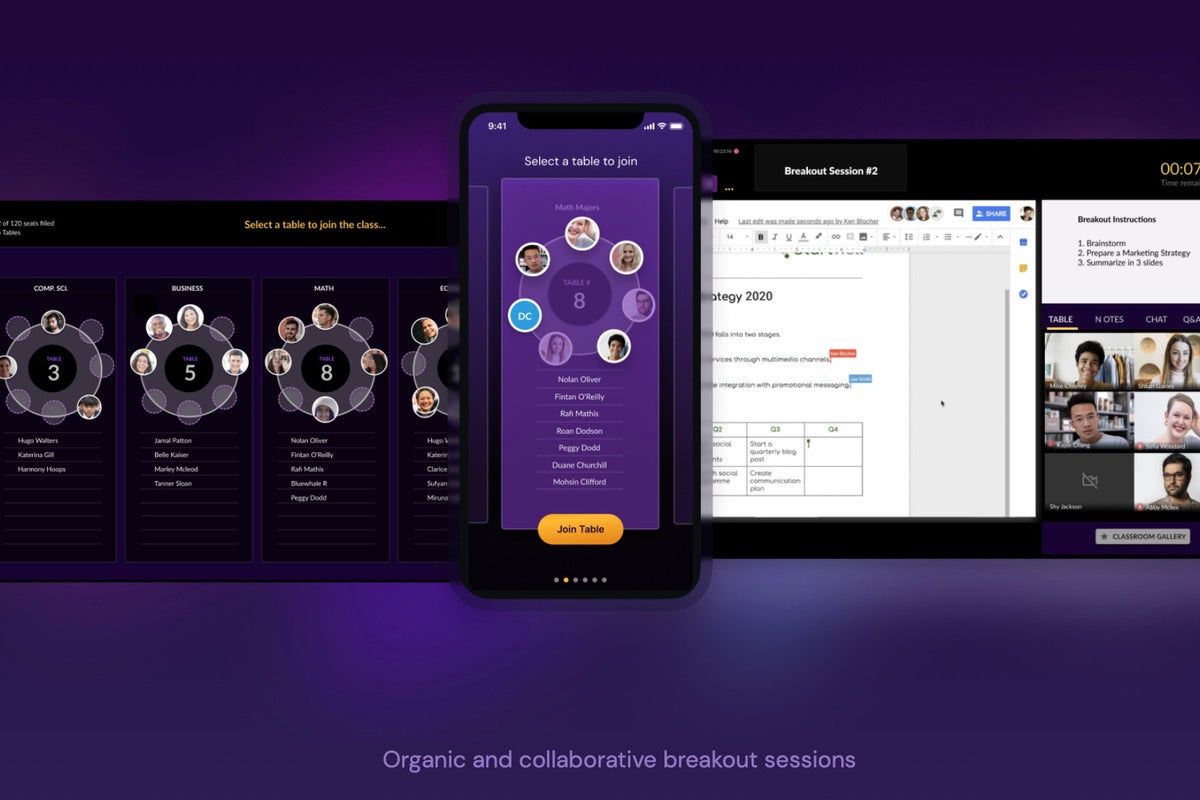
With the rapid shift to remote work and study brought about last year by COVID-19, tools that were initially developed for remote meetings were force-fit to meet the problem at hand. The result was less than ideal as we saw engagement drop, education metrics fall, teachers and parents rebel and issues with work-life balance emerge.
Those tools then went through one of the fastest evolutions I’ve seen outside of wartime. (As with any long-term disruptive change, eventually, purpose-built tools do emerge.) I recently had a chance to look at Engageli, which is being developed in Israel specifically for education. It takes a collaborative, scalable approach to the problem of remote learning, making it a tool that might also be ideal for specific kinds of business engagements. These would include specified projects, inter-company collaborations, advisory councils, and, of course, training.
The problem with engagement
At the heart of the problem with existing tools, which tend to be one-to-many efforts initially designed for virtual presentations, is engagement. Presentations, by their very nature, aren’t collaborative. To be truly collaborative, tools need to allow team members to proceed to solve a particular problem or achieve a particular goal.
The education issue was made even worse because classes had already grown to nearly unmanageable sizes, particularly in colleges and universities. Higher Ed classes can include up to 1,000 students and, even when conducted in person, generally underperform smaller, more focused efforts. But at least in a large auditorium there is a chance the speaker can see and quickly answer questions and engage with students; on a streaming Zoom call, that just isn’t possible. And students at home almost certainly face more distractions and less educator oversight.
Engageli: The table metaphor
The thing that makes Engageli different is that it captures around 70 data elements that can detail attendee engagement and break the audience into small working groups. These groups can then collaborate on projects, with the instructor/project leader dropping into each group to keep them focused. Table sizes typically have fewer than 10 attendees, allowing them to be more easily directed and to work better together.
Advanced students, teacher’s aids, or individual team leaders can be placed at each table or grouped as the session leader sees fit. This approach isn’t uncommon for advisory councils or large teams working together. Effectively, it breaks down large groups into discrete units that can be created based on skills, or for alternative views, or to divvy up a large problem into smaller, more manageable parts.
Notifications that reflect engagement can tell presenters that they are losing their audience and need to mix things up with snap quizzes, by asking questions, or just moving on to a more exciting topic. The application can also generate a spider chart showing levels of engagement that can help the presenter(s) improve their presentations. Students who aren’t engaging can be highlighted for greater instructor focus.
Being able to break down a large group into smaller units also allows the instructor to group students around interests and skills. For instance, you could group people who need specific language help or are more advanced than the class, so they aren’t held back.
Particularly for education, this is consistent with concerns recently raised by Ken Robinson. As Robinson said in the Huffington Post: “The dominant education systems are based on three ‘assumptions’ that are exactly opposite to how human lives are lived. First, they promote standardization and a narrow view of intelligence when human talents are diverse and personal. Second, they promote compliance when cultural progress and achievement depend on the cultivation of imagination and creativity. Third, they are linear and rigid when the course of each human life, including yours, is organic and largely unpredictable.”
The Engageli system promotes individuality at the working group level; doesn’t force compliance; helps the teacher or team leader provide incentives for engagement; and while it doesn’t eliminate linear rigid thinking, it does create a record so supervisors can review teaching performance and make adjustments.
Wrapping up: More to come
I should mention that this solution is only six months old, suggesting it will see many advances and improvements in the future. For instance, it is barely touching the 70 data elements being captured, and its use of AI is rudimentary. I expect Engageli to evolve rapidly over the next year and become more capable for an even greater range of customers. For now, it focuses on remote learning, project collaboration, internal training, advisory councils, and board meetings better than any other tool.
Engageli may be the first ground-up approach to the new normal; I doubt it will be the last. And with existing tools continuing to evolve, ensuring you keep track of, and are implementing the best tool for, your teams and students could make a decisive difference in those teams’ effectiveness and relative productivity. Keep your eyes open; we are just at the beginning of what promises to be a massive change in this segment.



